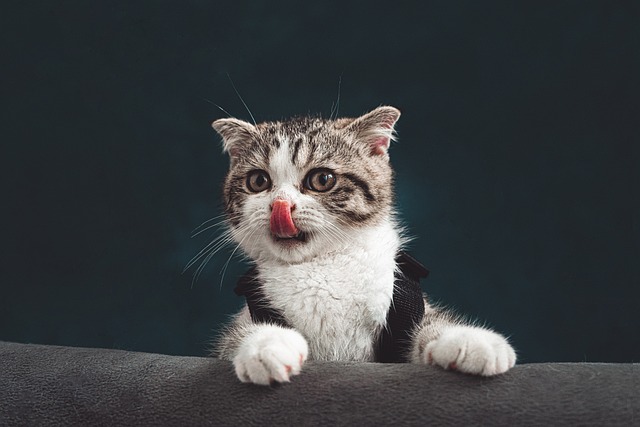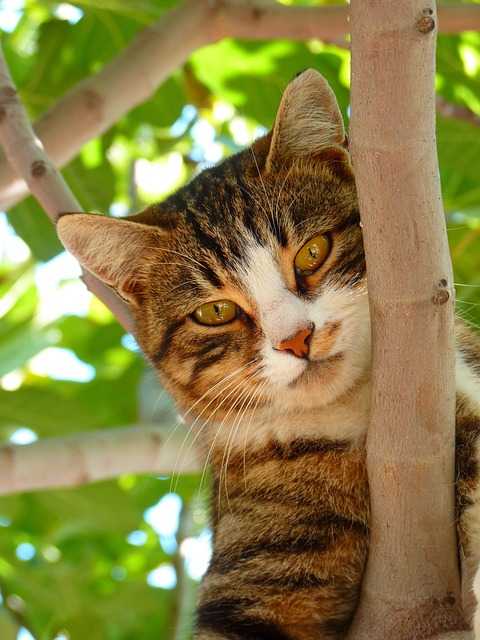In the annals of scientific discovery, there are tales that captivate the imagination, ones that defy convention and challenge our understanding of the world. The story of F.D.C. Willard is one such tale, where a seemingly ordinary creature—a cat—made an extraordinary contribution to the field of physics.
How It Started
It all began in the early 1970s at the prestigious Massachusetts Institute of Technology (MIT), where a young physicist named Jack H. Hetherington was working on a groundbreaking paper. Hetherington, like many researchers, often struggled with the solitary nature of his work. Seeking companionship, he adopted a stray cat from the streets of Cambridge and named him Chester.
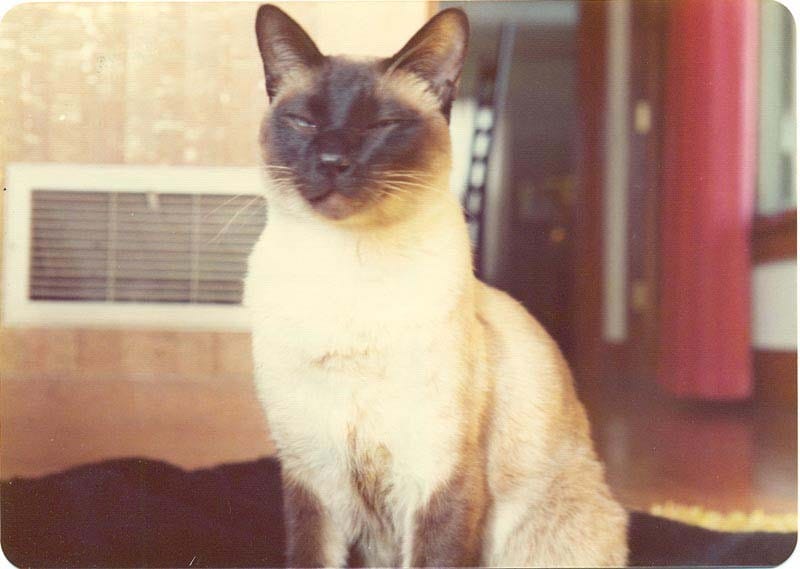
Little did Hetherington know that Chester would soon become an integral part of his scientific journey.
One fateful day, as Hetherington was preparing a manuscript for submission to the esteemed journal Physical Review Letters, he encountered a problem. The journal’s strict submission guidelines required authors to list their names in alphabetical order, but Hetherington used the plural pronoun “we” instead of the singular “I” consistently throughout the document, which he meticulously typed on a typewriter. To avoid the arduous task of retyping the entire paper, he opted for a shortcut by including F.D.C. Willard as a co-author.
Chester Became a Physicist
Refusing to compromise his principles, Hetherington made a bold decision. He decided to include Chester as a co-author under the pseudonym “F.D.C. Willard” a combination of “Felis domesticus Chester” and the name of a famous physicist, Edward L. Willard.
The paper, titled “Two-, Three-, and Four-Atom Exchange Effects in bcc 3He,” was submitted with F.D.C. Willard listed as a co-author alongside Jack H. Hetherington with his pawprint on the paper. What followed was a moment of scientific intrigue and amusement as the paper made its way through the peer-review process.
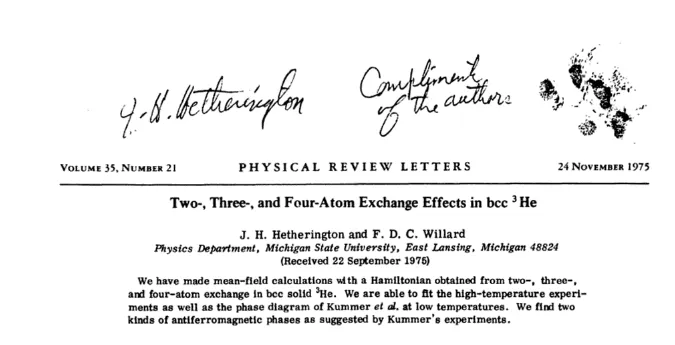
To the surprise of many, the paper was accepted for publication, marking the first time in history that a cat had been credited as a co-author of a scientific paper in a prestigious journal. The news spread like wildfire, captivating the attention of the scientific community and the public alike.
While some hailed the inclusion of F. D. C. Willard as a lighthearted moment of academic humor, others saw it as a poignant reminder of the collaborative and interdisciplinary nature of scientific inquiry. Chester, or rather F. D. C. Willard, had become a symbol of unconventional thinking and the importance of companionship in the pursuit of knowledge.
F. D. C. Willard’s Achievments
In the years that followed, F. D. C. Willard’s legacy endured. His story was immortalized in countless articles, books, and documentaries, inspiring generations of scientists to think outside the box and embrace the unexpected. Jack H. Hetherington and Chester remained inseparable companions, their bond a testament to the transformative power of friendship and curiosity.
F. D. C. Willard then published was later the sole author of a paper about solid helium 3 in the French journal Recherche. All his contributions can be found today on Google Scholar with his unique paw signature.
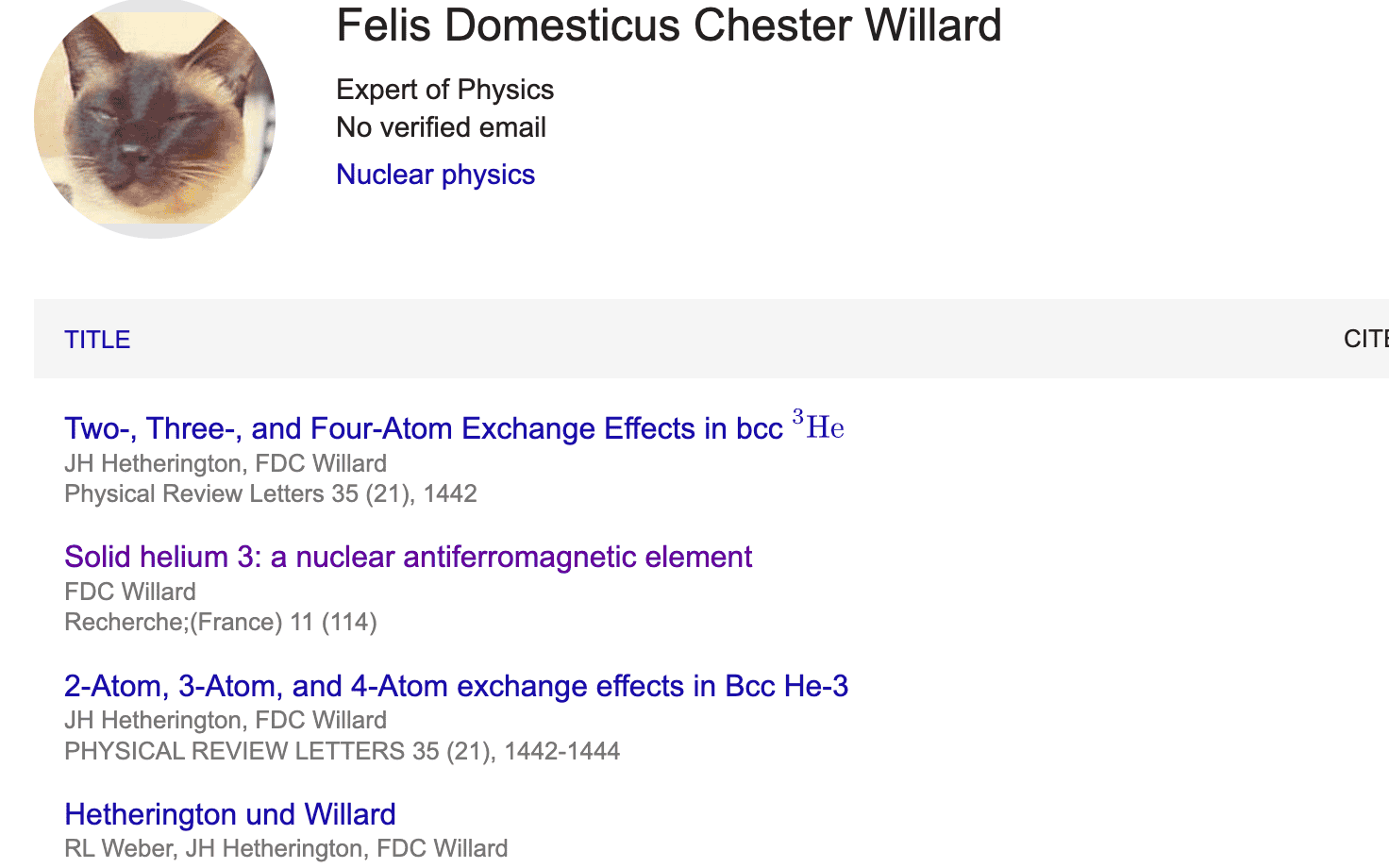
F.D.C. Willard, also known as Chester, passed away in 1982, leaving behind a notable legacy in the field of atomic research. He was a cherished member of the scientific community.
Today, the tale of F.D.C. Willard lives on as a reminder that greatness can come from the most unlikely of places. In a world driven by logic and reason, sometimes it takes a furry friend to remind us of the magic that lies beyond the confines of our understanding.



